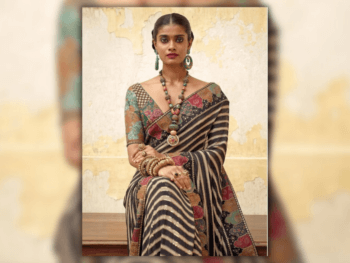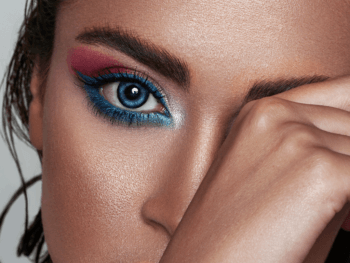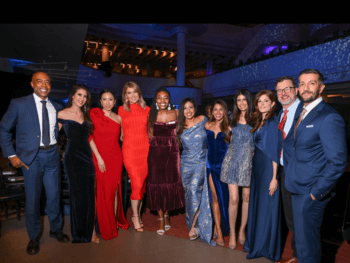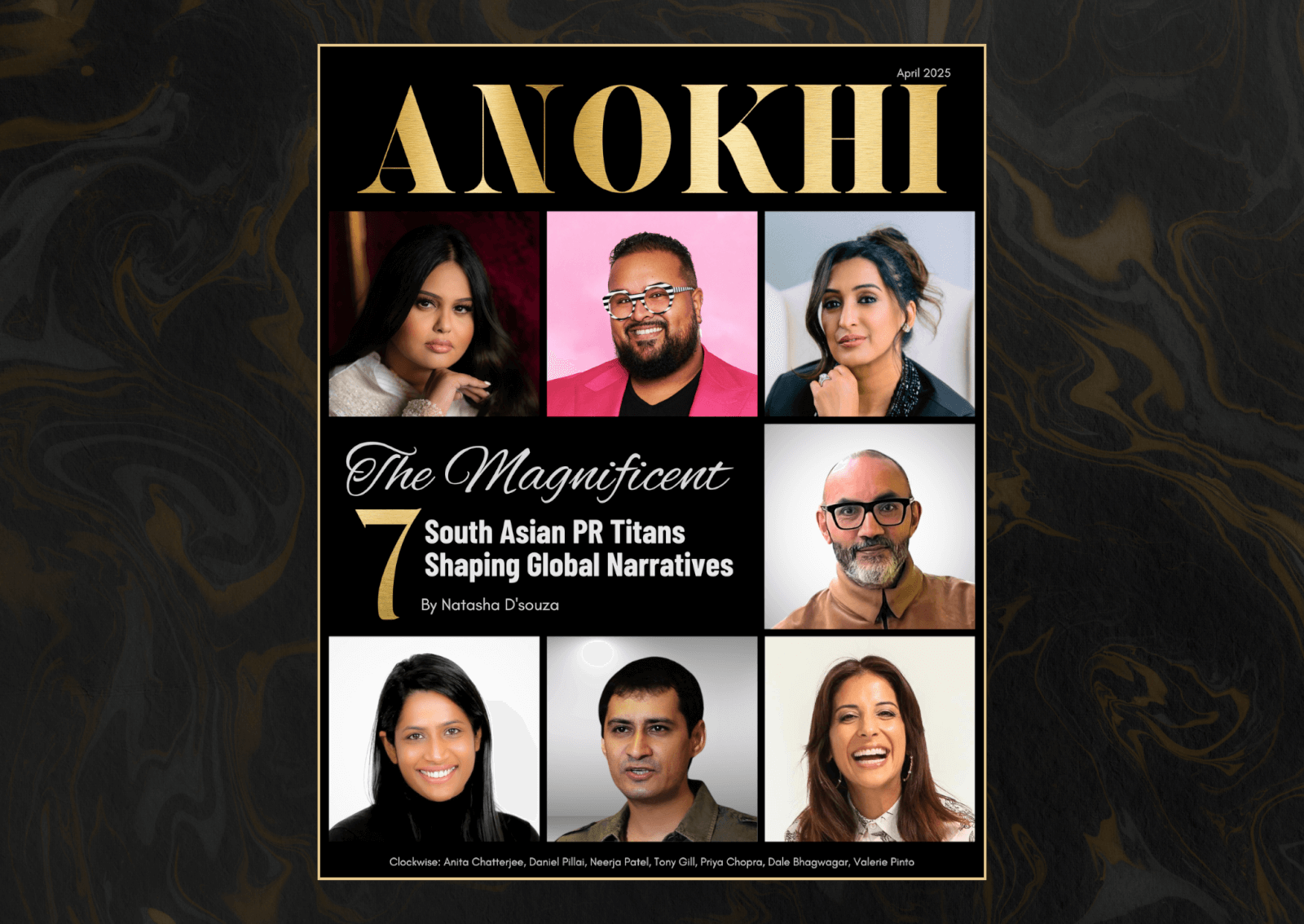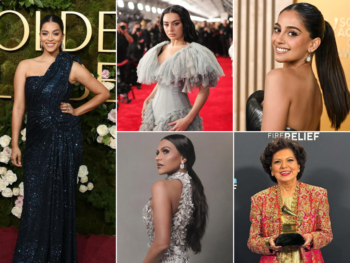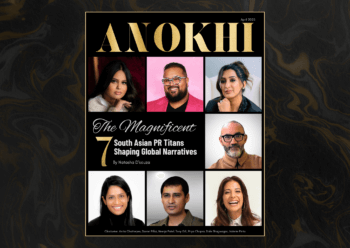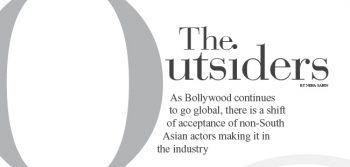
Remember Helen? The quintessential item girl who the Indian film heroes were afraid to take home to their naive on-screen mothers, not because of her exotic looks or her Burmese background but because of the wicked vampish roles she portrayed? After all, those skimpy outfits and cabarets were tailor-made for her. She smoked and kissed openly, something that Indian heroines were forbidden to do. In Helen’s defense, those were the only type of roles she was offered. The question is not what metamorphosis the Indian film heroines’ characters and looks went over the last few decades (that’s a valid discussion, for later and a long one at that!) but how much the audiences have changed. As was the case for Helen, being from a different culture and country and to become the “it” girl of Bollywood in the 1970s was a big deal it wasn’t every day that you would see South Asian audiences welcoming foreign actors. One possible explanation for this psychological gameplay amongst Indians could be the association of caucasian/foreign folks with the historical connection they have to British India. Thus, the resistance.
The other example and exception from the 1980s was the popular villain Bob Christo, who was of Australian origin. Known for his muscular physique and bald-headed look, Christo decided to stayin India and appeared in more than 200 movies in Hindi, Tamil, Telugu, Malayalam and Kannada. Christo was typecast as a henchman, lead villain’s sidekick or a British officer in period films.
But the scene has really changed drastically over the last few years. India saw some international beauties come in as lead roles and conquer Bollywood. Who knew when Giselli Monteiro, a Brazillian model, would appear in her fi rst film with Saif Ali Khan, that audiences would be left aghast at how much she looked the part. Her role in Love Aaj Kal (2009) was that of a traditional Punjabi girl and she nailed it. And has been offered to play an Indian thereafter as well. For her debut film, she was purposely kept under wraps during the film’s promotion and no one could remotely guess that she was not Indian. It was only after the release of the movie, her identitywas revealed and it was also revealed that she had approached Ali to audition for the role of Jo (Khan’s caucasian girlfriend in the second-half of the film) but Imitiaz Ali, the film’s director, decided to cast her as Harleen. This bold move only solidifies that the outlook of the film community as well as the film-goer’s has changed.
Foreigners are not the wicked-fast women in bikinis anymore, they are becoming real characters. And for some actors, even landing leading roles. ANOKHI takes a closer look at this new-age phenomenon, where ‘no-formula’ seems to be the password to success. Young directors with an eclectic cast and a ‘closer to life’ storyline seem to be taking over. And it seems the audiences want it and are eagerly embracing non South Asians to take charge in cinema. As long as she/he is pretty and can play the part. Well almost. When Katrina Kaif, a British-Indian actress made her debut in Boom (2003) she was slotted as a sex symbol — by default. But thanks to her ex-beau Salman Khan, she was taken seriously. After a solid-run with dubbed roles, she finally got the hang of the mother tongue Hindi, albeit with an accent. The fact remains that she is one of the most sought after actresses today. In a span of eight years, she has been named Sexiest Woman In The World By FHM magazine three times and Most Beautiful Woman by People magazine. She also built her credibility as an actress with roles like Namastey London (2007) , Sarkar (2005) and the most recent Rajneeti (2010). Her superstar status is reflective on how the indian audiences have accepted a British national with open arms.
All these women and their success stories signify a sophisticated worldly audience. The latest example of that is Kalki Koechlin, an Indian actress of French descent, who fearlessly pursued her dream of acting. Her first film, DevD, (2009) not only got her noticed but also got her a Filmfare Award for best supporting actress. But she was more than a one hit wonder. She stayed, besides her unusual non-Indian looks. She spoke to ANOKHI, in an exclusive interview about her struggles and apprehensions. “When UTV called me for an audition. I had actually told them that they have the wrong person because my Hindi was so weak. But they asked me to do the audition in English, liked it and re-called me to learn Hindi for the role.”
But unfortunately more than the craft, an actor also is perceived by the way she looks. Kalki added, “I was never thinking about being taken seriously as much as taking acting seriously, I was and am passionate about what i do, which has protected me from worrying about what everybody else thinks.” Let’s not forget that Indian audiences and fi lmmakers have a tendency to stereotype an actor. Kalki agrees. “Yes, there is a stereotype about the foreign girl in Bollywood, and yes often I was asked if I was Russian or if liked Indian food and treated as though i was not born and brought up here. It is also expected because of the history of foreign girls in Bollywood as item numbers, etc. I got many similar kinds of roles offered to me, once people see you doing a good job in a certain role, they think you can only do that role when actually an actor’s job is to constantly change and develop.” Kalki talks about how her looks alienate her sometimes. “It’s something I have to live with, the assumption that I’m a foreigner because of the colour of my skin. But usually as soon as I open my mouth, speak Tamil or Hindi, or English with an Indian accent people understand that I’m born here, brought up here and essentially that I’m Indian.”
Kalki is one of the few actors today who are constantly working toward not being slotted in a particular type of cinema or role. After DevD where she played Chanda, her role in and out commercial films like Zindagi Na Milegi Dobara (2011) goes to prove that. “I feel cinema has changed in the last few years. We have not given our audience much of a chance to see alternative cinema. The fact that so many big budget formula fi lms have failed in recent years is proof that the formula cannot be set in stone. It is constantly changing and affected by the times that we live in.”
In the short span of three years, she has appeared in fi ve fi lms of various types including Shaitan (2010) and each one represents a distinct type of cinema – which is brave and commendable. It is evident that the new crop of directors and actors are fearless and not afraid to take risks, which can explain the freshness and changes of perception of Bollywood and their stars.
Whatever the reason maybe, it’s only right that Bollywood goes international. After all, the world is shrinking, they say!
BY NEHA SARIN / PUBLISHED IN THE 9TH ANNIVERSARY / JANUARY 2012 ISSUE.



















































